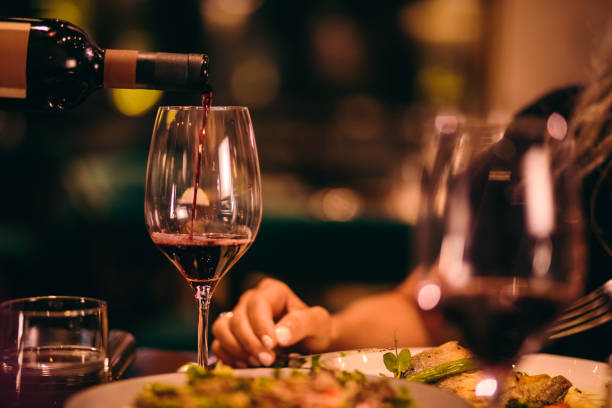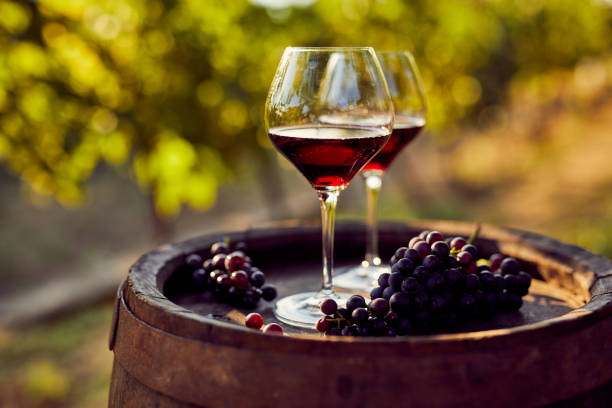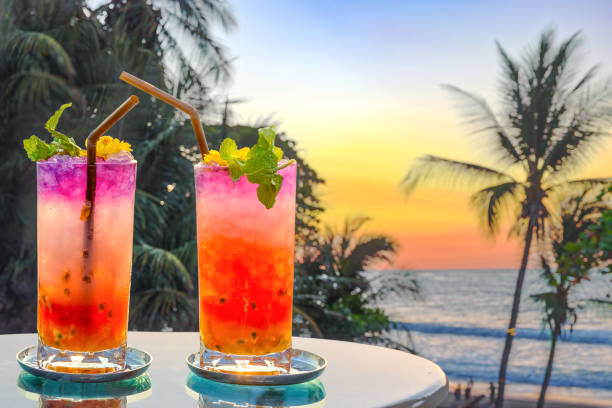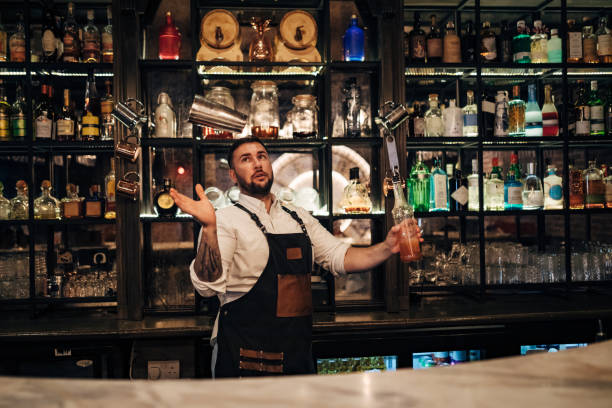Wine bottles can be fragile… and costly. Keep them in the wrong location in your house, and you can reduce the life of the wine, or even worse, it could be destroyed. This guide will help you keep your wine from spoiling. Learn how to store your wine so that it stays fresh and healthy. Also, find out how long you can store it at room temperature. There are many wine storage options for every type of home so that your wines can last as long as possible.
Why is it important to store wine properly.
Store your wine correctly, whether holding it for a short or long time. It’s easy to keep wine perfectly. You can count on me for all of your wine storage needs! Wine is a sensitive beverage with four natural enemies: heat, light, and oxygen. The two biggest enemies of your wine bottles are heat and light. Limiting exposure to these elements is the best way to store your wine. They can ruin it and cost you money. Some tricks will help your wine age correctly. I am not suggesting you build an expensive wine cellar. Let’s first examine what each of these elements does to wine.
What is the effect of heat on wine.
Heat is the enemy of wine. Heat speeds up the aging process, just like all chemical reactions. This might sound like a great thing. My wine will age faster, and I won’t have to wait ten more years. It will ruin all the chemical compounds and flavors. The heat speeds up the oxidation of the wine. Oxygen is necessary for wine to age, but in large quantities, it can destroy the wine.
What is the ideal temperature to store wine.
Right? Wine should be stored at room temperature. WRONG! The temperature in a room is the temperature of an underground wine cellar, not that of our warm, centrally heated homes. The ideal storage temperature for wines is 55f/13c. What is the temperature in your home? I don’t think so. I know what you are thinking, but I have some wine. How long can wine be stored at room temperature? You have yet to destroy your wine. If you don’t hold it in direct sunlight or near your furnace, wine can be kept at room temperature for six months without damage.
What is the effect of light on wine.
Why do some wines come packaged in dark-colored bottles? To protect the wine from the harmful effects of sunlight. The sun’s light, or even a lamp, can rearrange the chemical compounds within the wine to give it an unpleasant taste and smell. White wines can also change their color from light gold to dark brownish-gold. The most vulnerable wines to “light strike” are whites and rose wines packaged in clear bottles. Makes no sense.
What is the effect of oxygen on wine.
I mentioned above that getting too warm increases the oxidation rate of a wine bottle. The cork can also be a way for oxygen to kill your wine. Here’s why wine bottles are often stacked on their side rather than upright. The wine must be in constant contact to prevent the cork from shrinking and drying out. The cork shrinks when the bottle is upside down, allowing more oxygen to enter the bottle. In small doses, oxygen is beneficial. This is how wine ages gracefully. Significant amounts of oxygen will dull your wine’s smell and taste.
What is the effect of vibration on wine.
Vibration is not a big deal for wines stored in short-term storage, but you should avoid it if you plan to keep them for many years. Vibration prevents sediment from settling in one place. Decanting an old wine is done to remove the residue. If the wine is shaken and the deposit is over, you can’t decant it. The sediment is not harmful, but it is unpleasant. It is like coffee grounds, which are harmless, but have a rough texture.
Short-term Wine Storage.
The majority of wine that you purchase will require short-term storage. Most wine is consumed in 5 hours and does not require storage! Short-term storage means less than six months.
The most common mistake is that people should refrain from holding onto wine for too long. Some wines are not meant to be aged. In the last decade, winemakers have begun to make their wines more drinkable to be consumed sooner than ten years.
Long-term wine storage.
You only need to worry about space if you are a Burgundy collector. After all, you are likely saving these wines for a special event. You will be rewarded if you do it correctly (see below).
The top of the fridge.
The worst place to keep wine is the top of your fridge. You can’t imagine the look on my face as I scroll Zillow, daydreaming about busy kitchens with a wine rack above the refrigerator! AAAAH! NO! The top of the fridge is boiling and vibrates. Three strikes and the fridge is out.
Refrigerator.
Unopened wine can be kept in the refrigerator for up to one month. Keep wine in the fridge for too long; it will get too cold, dry, and smelly. I’m not too concerned about the temperature. Too dry can be a problem. Lack of humidity can shrink the cork, allowing oxygen to enter the bottle. The smell of blue cheese and cabbage in your fridge will also be released. The best place to store leftover wine is in the refrigerator.
Near the oven.
Do you want to cook wine? You didn’t think so. The heat will ruin the wine. The temperature fluctuations in the kitchen can ruin wine even if the cabinet is far from the oven.
Counter.
Do you see a pattern here? Kitchens are usually the warmest rooms in the home. Even though we want to show off our wine bottles on the counter or in a wine rack, this exposes them to heat and light.
Near a window.
Wine is not a fan of direct sunlight. Wine is often stored in dark glass bottles to reduce UV light. Only a few hours of sunshine can ruin your wine. Even overhead lighting can be too much after a few weeks.
Near a radiator.
Just now, I realized that there is a bottle of wine on the kitchen radiator. Whoops! You must do as I tell you and not as I am. In my defense, I intend to consume most of the wine over the next two weeks. The heat is again the problem.




